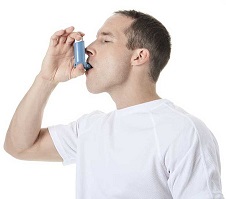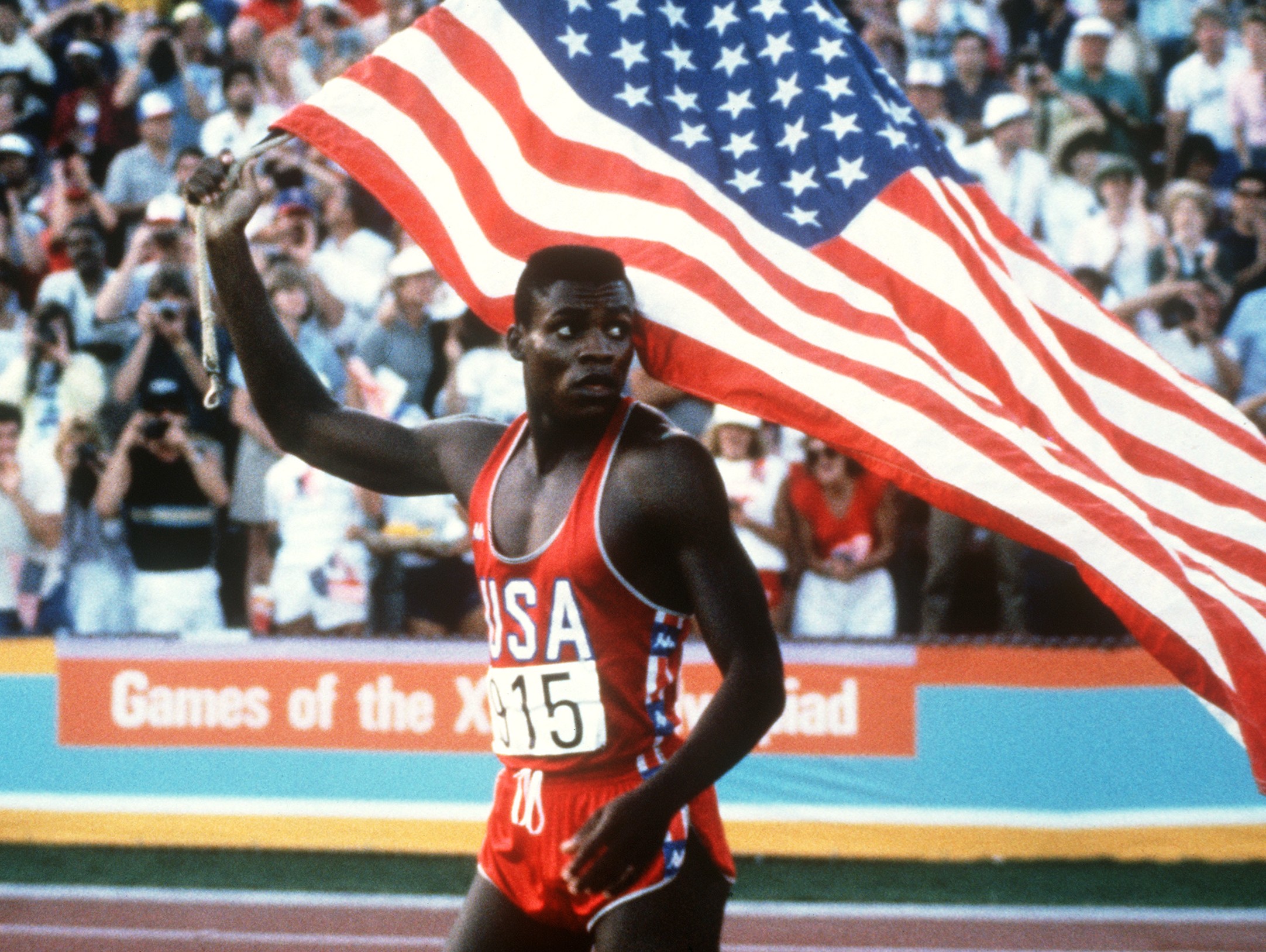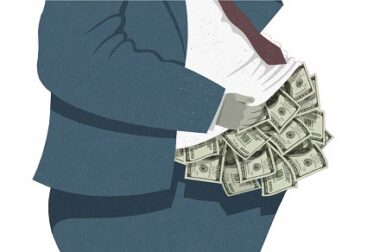Exercise-Induced Asthma (EIA) or Exercise-Induced Bronchoconstriction (EIB) or sports-induced asthma is a narrowing of the airways in the lungs triggered by vigorous or prolonged exercise or physical exertion. It causes shortness of breath, wheezing, coughing, severe fatigue and other symptoms during or after exercise. Coughing is the most common symptom of EIB and may be the only symptom you have. Symptoms usually do not occur immediately at the start of exercise. The symptoms of EIB may begin during exercise and will usually be worse 5 to 10 minutes after stopping exercise. Symptoms most often resolve in another 20 to 30 minutes and can range from mild to severe. Occasionally, some individuals will experience a second wave (i.e. “late-phase”) of symptoms four to twelve hours after stopping exercise. Late-phase symptoms are frequently less severe and can take up to 24 hours to resolve.
About 90% of people with asthma have symptoms of asthma during or after exercise. But people who don’t have asthma can get EIB too. Around 10% of people without asthma have exercise-induced asthma. Anyone can get exercise-induced asthma, including children and adults. People with asthma and allergies are more likely to have the condition. Sports-induced asthma is more common among elite athletes, including Olympic athletes and professional football, soccer and hockey players.

Why does exercise trigger asthma?
During exercise, you naturally breathe in more air than you do when you’re resting. This helps your body deliver more oxygen to your muscles while you’re working out. The air that enters your airways needs to be heated and moisturized. That’s because warm, humid air is easier to breathe in. The best way to humidify the air you breathe in is to inhale through your nose. However, during exercise, you often also breathe in through your mouth. Unlike your nose, your mouth doesn’t have the same ability to warm and moisten the air you inhale, or filter out dust and allergens. As a result, the air you breathe in through your mouth is drier, cooler, and may contain more irritants. When a large amount of dry, cool air enters your body, it can irritate your airways. As a result, your airways are at a higher risk of becoming constricted and inflamed.
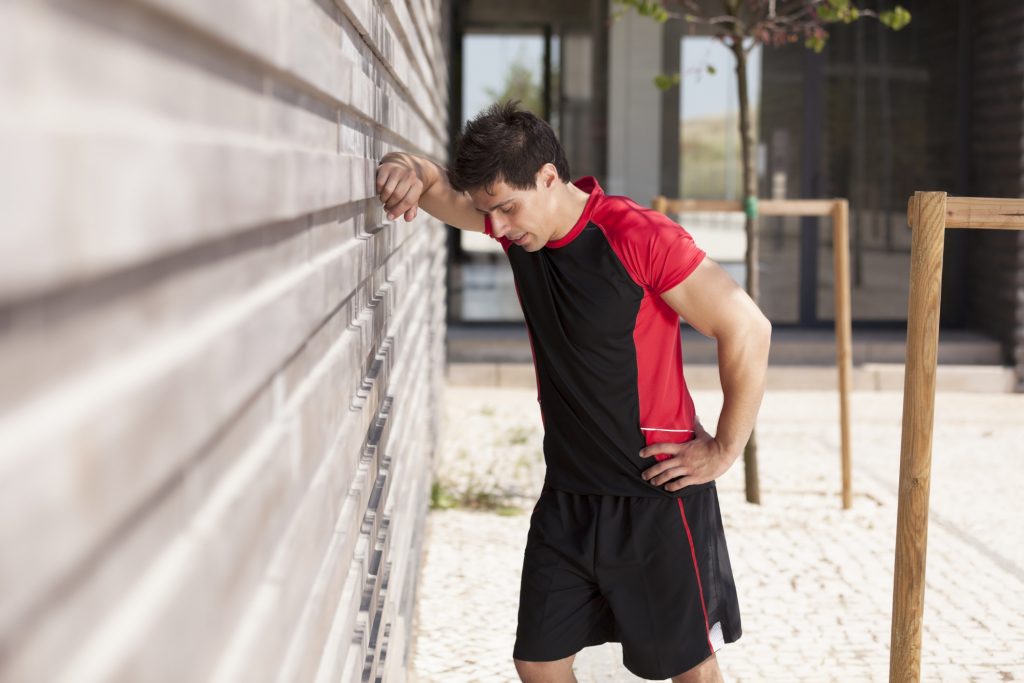
How is exercise-induced bronchospasm diagnosed?
Contact your doctor if you have symptoms of EIB. The doctor will do a physical exam and review your symptoms. They likely will perform breathing tests as well. During the tests, the doctor has you breathe into a spirometer or peak flow meter. These devices measure how much air you are able to blow out of your lungs. If your doctor thinks you have EIB, they will discuss your treatment options.
Risk factors
Certain factors can make asthma symptoms more likely to arise during exercise. Some include:
- cold, dry air
- pollution or smoke in the air
- a high pollen count
- breathing heavily through the mouth
- chlorine fumes from swimming pool
- having an upper respiratory infection
- air pollutants in gyms, such as from cleaners, perfumes, fresh paint, or new equipment
- chemicals used to clean equipment
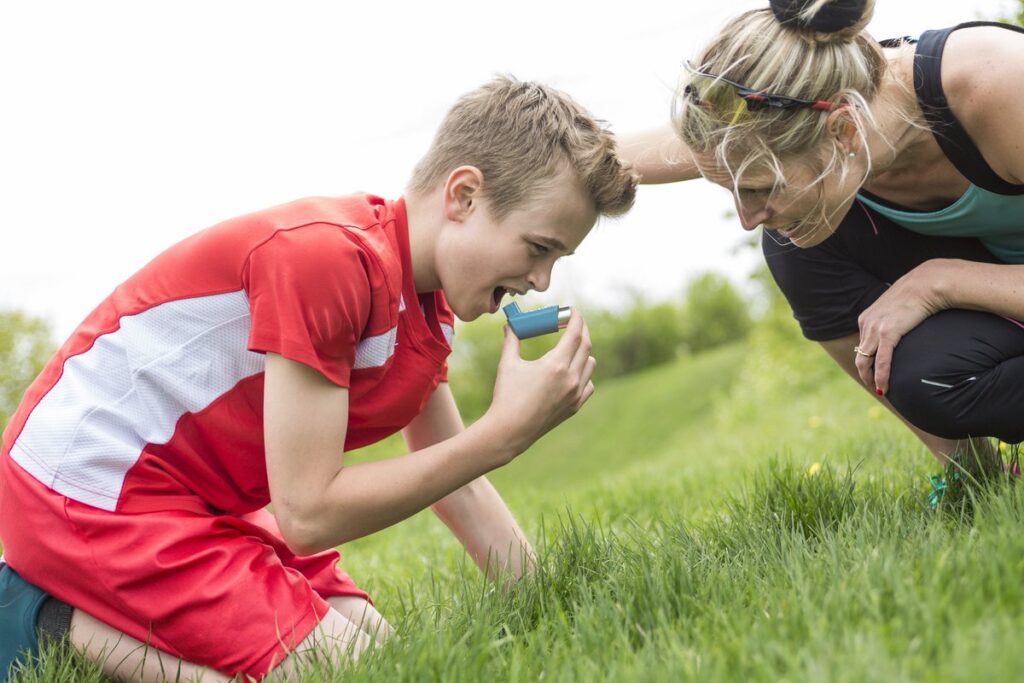
Exercise-induced asthma prevention
Exercise is important for your health, even if you have asthma, so it is important to develop a routine that allows exercise. Some patients can often prevent or reduce exercise-induced asthma symptoms by improving their day-to-day asthma control and improving their fitness level with regular exercise. People can often prevent or reduce the severity of asthma symptoms that occur during or after exercise. Follow a doctor’s instructions about using medication (bronchodilators, Mast cell stabilizers) including which to use and when to use them. A person with asthma should always keep a rescue inhaler with them, even during exercise, in case a severe asthma attack occurs. The following prevention tips may also help reduce symptoms:
- Warm up before exercise to loosen the airways and move mucus around.
- Cool down fully after exercise to slow the breathing gradually.
- Wear a scarf over the nose and mouth when exercising outdoors during the colder months or when pollen counts are high.
- Avoid exercising with a viral infection.
- Choose forms of exercise that are less likely to trigger symptoms. Exercises that involve heavy breathing are more likely to restrict the airways.
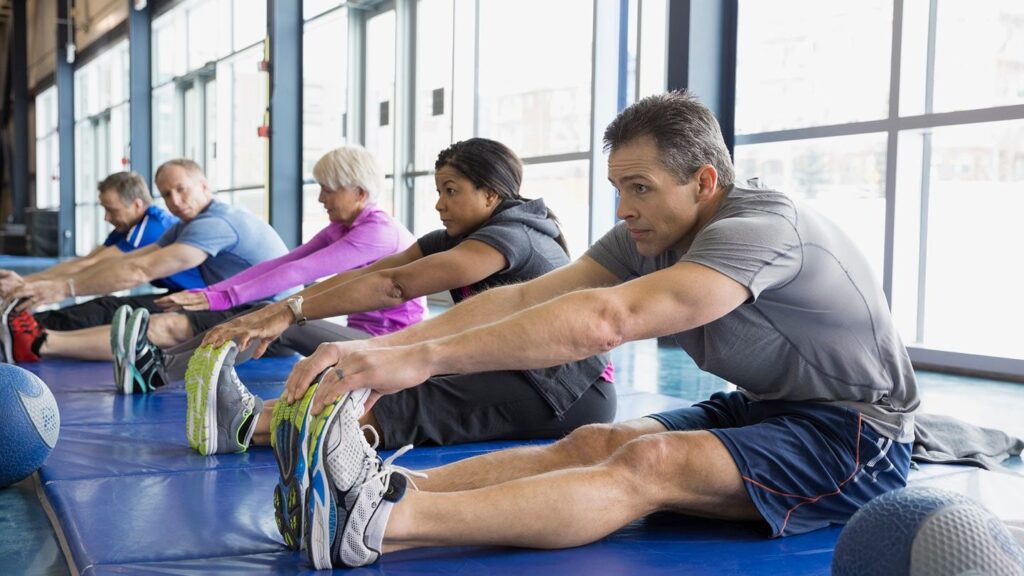
What are the best exercises for someone with asthma?
For people with exercise-induced asthma, some activities are better than others. Activities that involve short, intermittent periods of exertion, such as cricket, volleyball, gymnastics, baseball, walking, and wrestling, are generally well tolerated by people with exercise-induced asthma. Activities that involve long periods of exertion, like soccer, distance running, basketball, and field hockey, may be less well tolerated, as are cold weather sports. However, many people with asthma are able to fully participate in these activities. Swimming, which is a strong endurance sport, is generally better tolerated by those with asthma because it is usually performed in a warm, moist air environment.
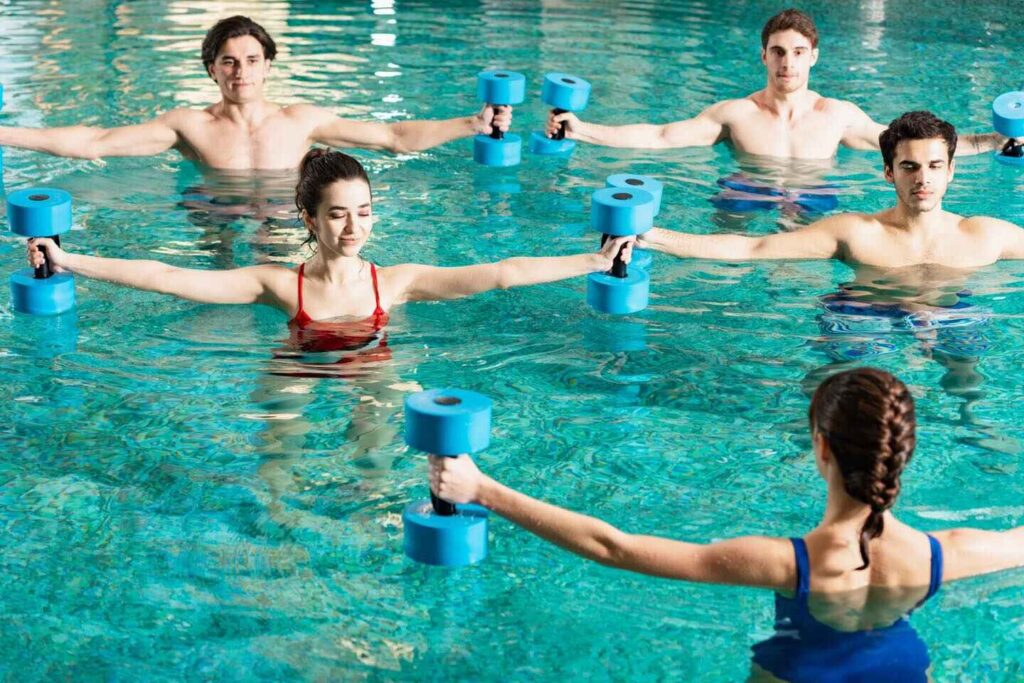
Maintaining an active lifestyle, even exercising with asthma, is important for both physical and mental health. You should be able to actively participate in sports and activities. Remember, you should be able to take part in activities, sports and exercise without experiencing symptoms! Do not let EIB keep you from leading an active life or from achieving your athletic dreams.

Dr Saranjeet Singh
Fitness & Sports Medicine Specialist
Lucknow (UP), INDIA

